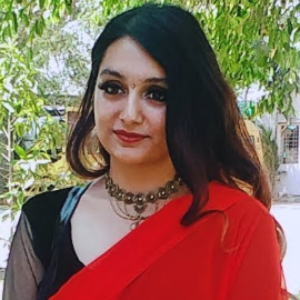Title : Lebers Hereditary Optic Neuropathy: The Importance of a Multidisciplinary Approach
Abstract:
Lebers hereditary optic neuropathy (LHON) is a mitochondrial genetic disease that preferentially causes blindness in young males, prevalence between 1 in 8500 and 1 in 50000. It is an inherited neuropathy characterized by bilateral subacute loss of central vision owing to focal degeneration of the retinal ganglion cell layer and optic nerve. Classically associated with the mitochondrial base-pair mutation G11778A; only 50% of males, and 10% of females who harbour a pathogenic mtDNA mutation develop optic neuropathy. This marked incomplete penetrance and gender bias suggests the role of secondary precipitating factors which may modulate the phenotypic expression, contributing to the onset of visual loss.
We report a case of a 14-year-old boy presenting with bilateral painless, progressive diminution of vision, which was noticed eighteen months ago. On examination, the left eye had grade 1 Relative Afferent Pupillary defect. Fundus examination revealed temporal pallor of the optic disc in left eye, while the right eye was normal. Visual Evoked Potential showed a decreased amplitude of P100 in both eyes. A genetic study was planned, which revealed G11778A mutation, thereby confirming our diagnosis of LHON.
This report describes the natural history of LHON. It highlights the basis for differential diagnosis of visual loss in childhood. It presents the findings of recently published studies and the insight they provide on the complex pathophysiology of LHON. It discusses management modalities and emphasizes upon the importance of genetic counselling.
What will audience learn from your presentation?
- This case report can help make the clinical diagnosis of Lebers Hereditary Optic Neuropathy.
- In a country like India, it is important to understand that not all suspected patients can undergo genetic testing to confirm or rule out this entity,when they present with a plethora of symptoms. To establish the clinical diagnosis of LHON as well as entities like LHON plus, an inquisitive eye is needed to catch the characteristic features of this disease. An interdisciplinary approach with the help of neurologists, paediatricians is also needed to manage the systemic effect this disease entity will have on the patient. Furthermore we stress the importance of the psychiatric counselling this patient will surely need in view of the devastating consequences of the disease. Genetic counselling is also stressed upon when members of the patients family are confirmed to have the mutation as well.




